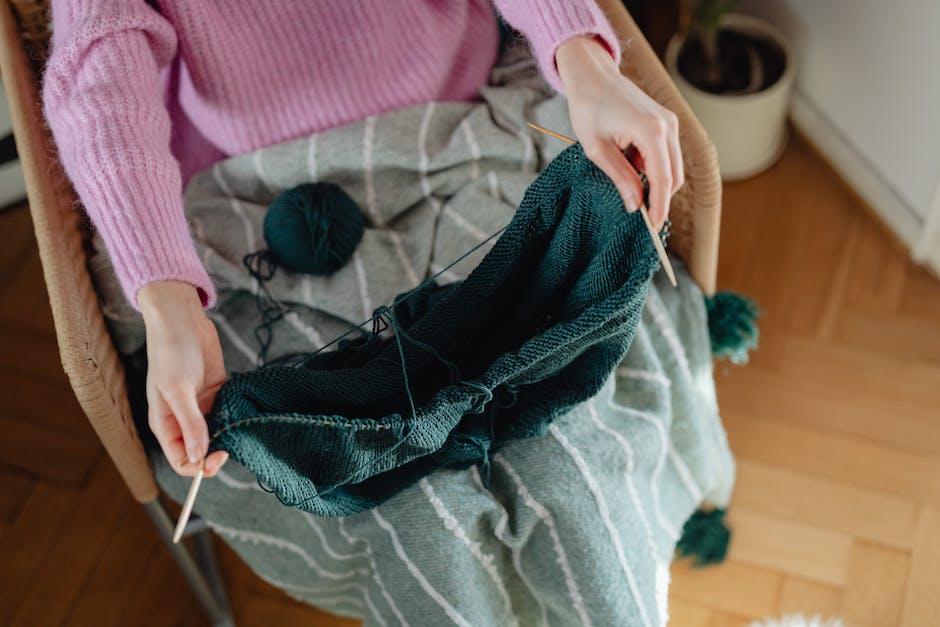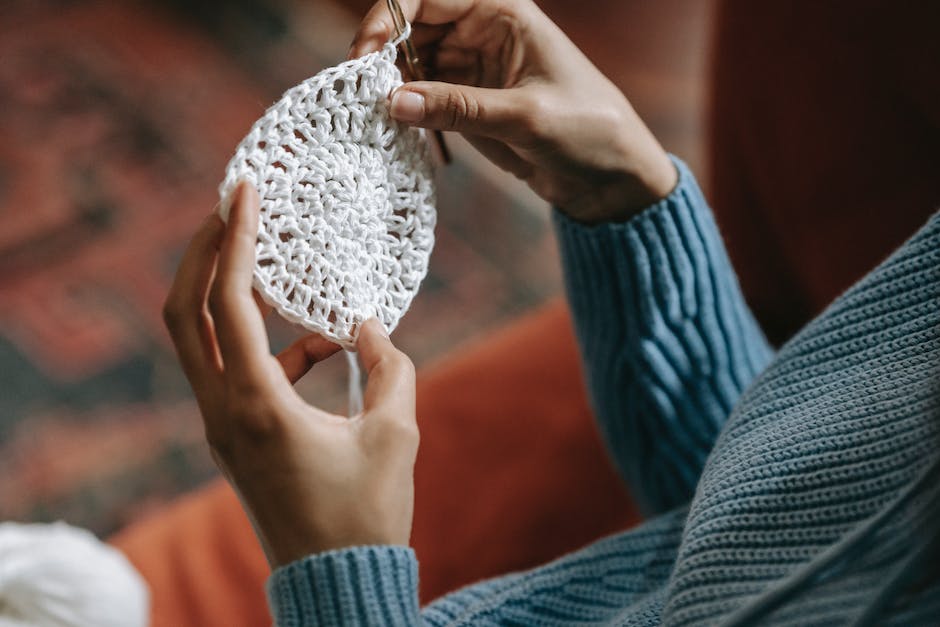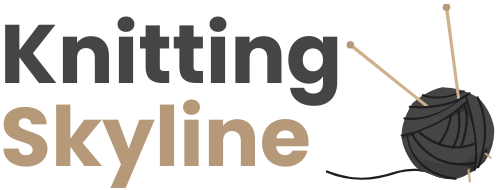While many people are first introduced to knitting through the cable-style method, the I-cord is one of the more classic methods of knitting. The I-cord is known as a “backward knitting” method, where you turn a stitch twice and pick up a new stitch to work into the same direction.
This technique is used to make stockings, socks, or any other piece where you need to increase or decrease in size. This article will talk about the I-cord magic trick, how to do it, and how it can be modified for other types of socks such as gapping socks.
I-cord is a great way to learn double points and decreasing double points.
How to i-cord knit

i-cord knitting is a pretty safe way to spend your time, unless you do not have a steady hand or do not know how to start. There are many different ways to i-cord knit, so here are some tips!
Start with a basic repeat format. This means that you begin at the bottom left, work down right, work down left, and then increase. This is called the repeat beginning and ending at the same place.
Then, add some stitches between the two pauses to increase your size.
Once you get the hang of it, start adding more stitches in more rows to reach your desired width and height.
Tips for i-cord knitting

When following the i-cord knitting how to below, remember some tips will give you more options. For example, longer i-cord strands can be joined with more wraps or fewer wraps can be added for the longer strand.
Tip 1: Pick a Color
The most important tip when choosing color for your i-cord is to pick a color that contrasts with another color in your piece. For example, if your i-cord is navy, then use red instead of green to contrast the two colors.
This is very important when trying to find acceptable vendor interference and/or refunds due to mismatched colors.
Uses for i-cord knitting

i-cord knitting is a fun way to increase your productivity as a knitter. There are so many uses for i-cord knitting such as bags, hats, and project supports. You can also use it as a warmup exercise before some more intricate projects.
Many users claim that using i-cord knitting is one of the best ways to learn new stitches. Since each stitch is labeled and there are so many different patterns to try, it is easy to get started.
Many users say that learning new stitches and using the i-cord method is the first step in starting a new craft. Because it is so easy, most people start soon after acquiring the basic skills.
Patterns for i-cord knitting

There are a few basic patterns for i-cord knitting. These include the classic i-cord, the loo loo, and the boatneck. Each of these can be difficult to tell without looking at a pattern.
The classic i-cord is similar to how you would wrap a letter in paper. You start at the bottom, working yarn through all five stitches, and work your way up to the white of the wool. The result is a thin, flat object.
The boatneck is similar to how you would wrap an item in tissue paper. You start at one end, working your way around clockwise, and work your way around anti-clockwise. The result is a soft object that stretches as you grow it.
The loo loo is similar to how you would fold something in half back into itself.
Materials needed for i-cord knitting
When beginning your i-cord knitting project, you will need some materials. These include a good length of yarn, a book of needles, and a cable needle.
The length of yarn you use can determine how many stitches you have in your project. Most people start with about four inches of yarn and increase or decrease by adding or taking away one inch of yarn, until you have used all the length of yarn that is available.
You can buy much shorter lengths of yarn than this to start with, just make sure you have enough left over to do the ending and working in the projects. Once you have your number of stitches worked out, then it is time to change the size!
The different sizes of cables require different amounts of stitches per inch to be wound on the same size needle.
Beginning cords

Starting out, most people recommend beginning by using a four-eight- nonprofit I-cord. This is called beginning by zero, and it means starting with a very short, relatively easy cord.
The four-eight- nonprofit cord is typically two feet long, has eight wraps on it, and takes you about two days to learn how to do each wrap. The eight wraps equals the length of a doubled up double value cord!
This is the best place to start if you are not sure if you know how to cast on or what size your cast on should be. Or, if you just want to try it out! You can also try joining or doubling up your wool at the end of the week if you have enough time to finish it.
Knitting on the row

Changing from decreases to increases is the otherHow to change between increased and decreased stitches in the I-cord. When increasing, you will be changing from purl to knit on the row. When decreasing, you will be changing from knit to purl on the row.
When working decreases, you will need to place a marker at the beginning of the next row and shift it over as you work the last few rows. You do not have to do this when working increases.
When beginning a new pattern, try working some decreases first to get a feel for whether you like how it changes with each round. Then move onto the I-cord pattern.
General rule? Increase when reading indicates that your foot is ready for more increase height! If any of these tips do not match your own foot shape, then totally ignore them! There are many patterns that look narrow on computer screens, but are really more width-y in person.
Using the cord

The cord is the most important part of your new I-Cord knitting method. It must be long enough to reach from one side of the body to the other!
Many people make their I-Cord knitted garments using a back insert and then joining the two pieces together at the top. This is a very quick way to make your piece!
The easiest way to get started working with your cord is by simply wrapping it around your finger and thumb and watching how it comes off the needle. If it feels slightly slippery, stop adding more wool quickly. You have enough for now!
Once you have mastered this method, you can try double or even triple wrapping your cord. The key is to keep increasing wool density slowly! Continue reading under How To Make I-Cord Knit Goods to learn more about this exciting new fashion technology.











